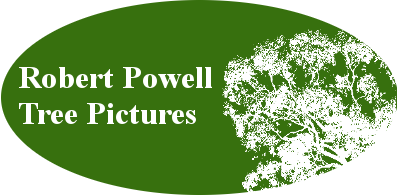

Perth and environs
Perth and its surrounds have changed enormously since European settlement, and development and change are still continuing rapidly. Many of these old photos, taken mostly between about 1900 and the mid 1930s, show places in or round Perth in a much more natural state.
The pictures begin with the Swan Estuary and Swan River, followed by Kings Park and Herdsman Lake, in the inner part of the city. There are then several taken in the more coastal part of Perth, the limestone belt between Mandurah and Yanchep. The remaining pictures show places further inland on the Swan Coastal Plain, and then spots in the Darling Range.
Since many of the pictures were taken within ten kilometres of the coast, tuart (Eucalyptus gomphocephala), which is largely confined to this coastal strip, can be seen in a disproportionate number. It is the first tree species to appear. The other tree species on which the pictures focus are, in their order of first appearance: freshwater paperbark (Melaleuca rhaphiophylla), flooded gum (Eucalyptus rudis), marri (Corymbia calophylla), jarrah (Eucalyptus marginata), candle banksia (Banksia attenuata), balga (Xanthorrhoea preissii), swamp banksia (Banksia littoralis), pricklybark (Eucalyptus todtiana), modong (Melaleuca preissiana), Christmas tree (Nuytsia floribunda).
Additional species that appear in some photos include: salt sheoak (Casuarina obesa), coojong (Acacia saligna), parrotbush (Banksia sessilis), red-eyed wattle (Acacia cyclops), basket-bush (Spyridium globulosum), swishbush (Viminaria juncea), stalked mistletoe (Amyema miquelii), coast sword-sedge (Lepidosperma gladiatum), summer-scented wattle (Acacia rostellifera), cockies’ tongues (Templetonia retusa), jointed rush (Baumea articulata), common sheoak (Allocasuarina fraseriana), marno (Daviesia divaricata), green stinkwood (Jacksonia sternbergiana), firewood banksia (Banksia menziesii).